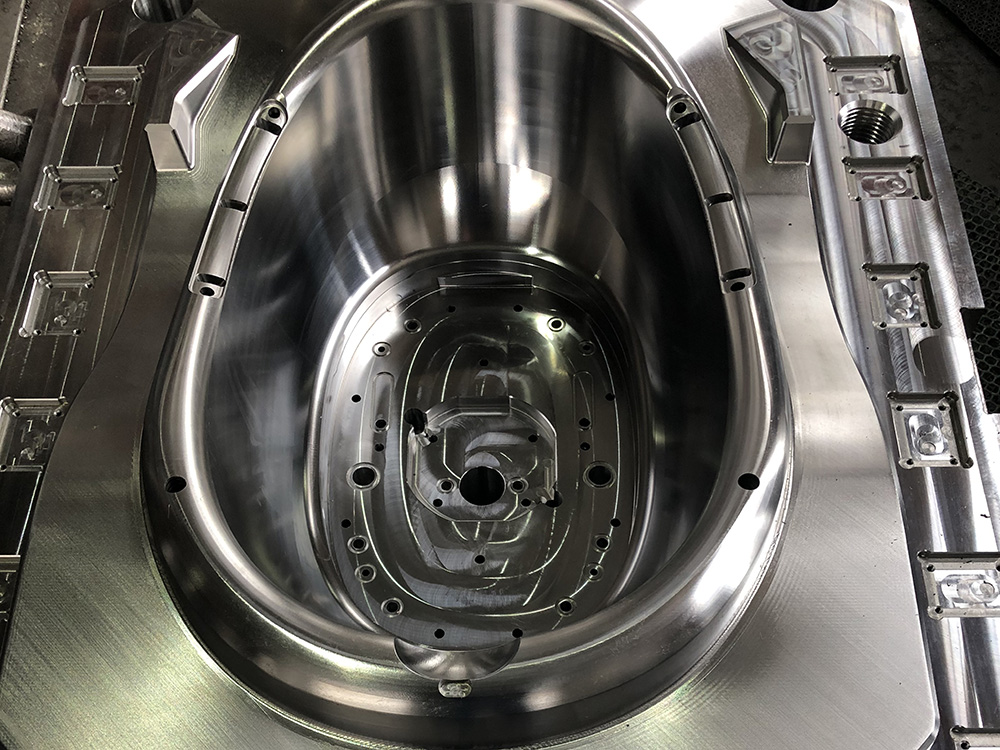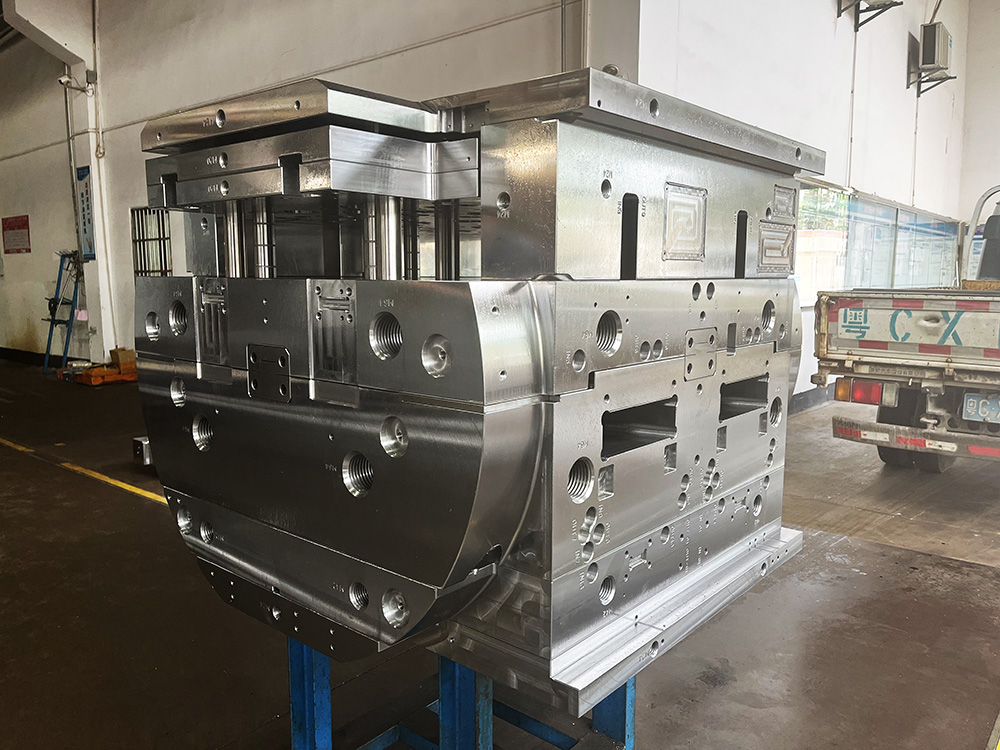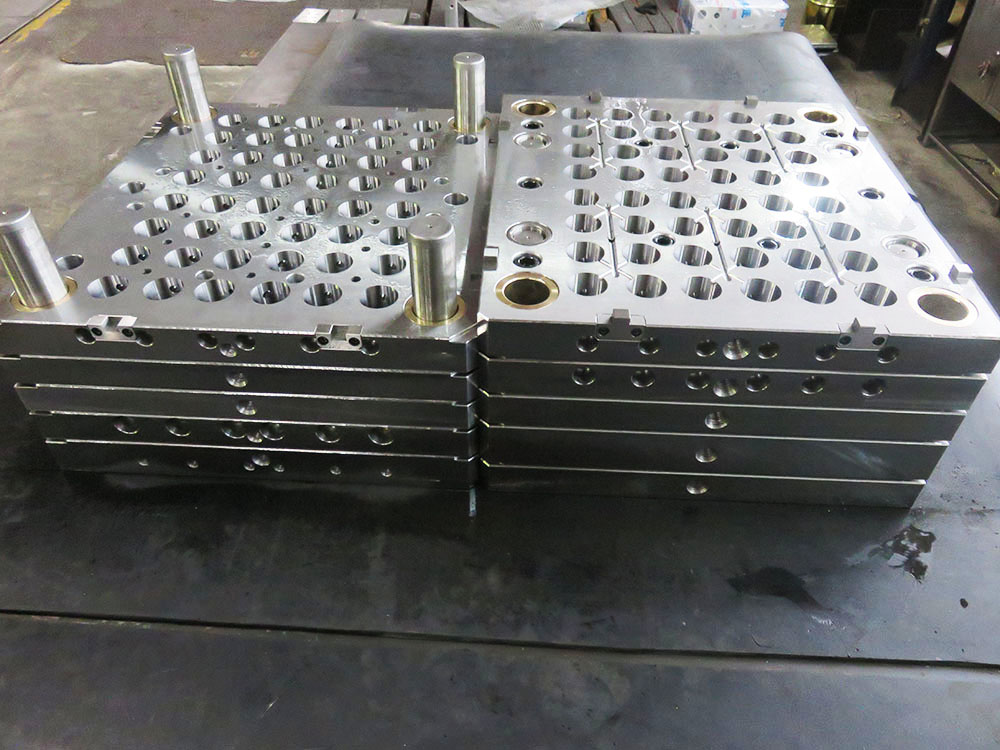How to Calculate the Quantity of Supporting Brackets for Upright Stands in the Mold Base Industry
Introduction:
The mold base industry plays a pivotal role in the manufacturing sector, providing the foundation for producing high-quality molds. One crucial aspect of mold base design is the calculation of supporting brackets for upright stands. These brackets ensure the stability and structural integrity of the mold base, allowing for efficient and reliable mold production. In this article, we will explore the steps involved in accurately calculating the quantity of supporting brackets for upright stands in the mold base industry.
Step 1: Determining the Load Distribution
The first step in calculating the quantity of supporting brackets is to determine the load distribution on the upright stands. This includes analyzing the maximum load and its distribution across the mold base. Factors such as the size and weight of the mold, as well as the molding process, should be considered. By understanding the load distribution, engineers can calculate the required number of supporting brackets to adequately support the mold base.
Step 2: Understanding Bracket Load Capacities
Once the load distribution is determined, engineers need to assess the load capacities of various supporting brackets. Different types of brackets are available in the market, each with varying load-bearing capacities. It is crucial to select brackets that can handle the calculated load without compromising the stability and structural integrity of the mold base.
Step 3: Calculating Bracket Spacing
Brackets should be evenly spaced across the length and width of the mold base to ensure uniform load distribution. To calculate the spacing between brackets, engineers need to consider factors such as the mold dimensions and the load-bearing capacity of the selected brackets. By optimizing the bracket spacing, the mold base can effectively bear the load and minimize the risk of deformation or failure.
Step 4: Considering Bracket Safety Factors
When calculating the quantity of supporting brackets, it is essential to account for safety factors. These factors consider unexpected loads or variations in the load distribution during the molding process. A safety factor of 1.5 to 2 is commonly used in the industry to ensure the stability and reliability of the mold base. By incorporating safety factors into the calculation, engineers can determine the final quantity of supporting brackets required.
Step 5: Reviewing and Adjusting Calculation Results
Once the preliminary calculation for the quantity of supporting brackets is complete, it is important to review and adjust the results. Engineers should consider practical aspects such as the availability and ease of installation of brackets. These factors might necessitate slight adjustments to the initial calculation. By carefully reviewing and refining the calculation results, engineers can arrive at an accurate quantity of supporting brackets for upright stands in the mold base.
Conclusion:
The calculation of supporting brackets for upright stands is a critical aspect of mold base design in the industry. By accurately determining the load distribution, understanding bracket load capacities, calculating bracket spacing, incorporating safety factors, and reviewing and adjusting calculation results, engineers can ensure the stability and structural integrity of the mold base. This ultimately leads to efficient and reliable mold production, thereby contributing to the overall success of the mold base industry.




